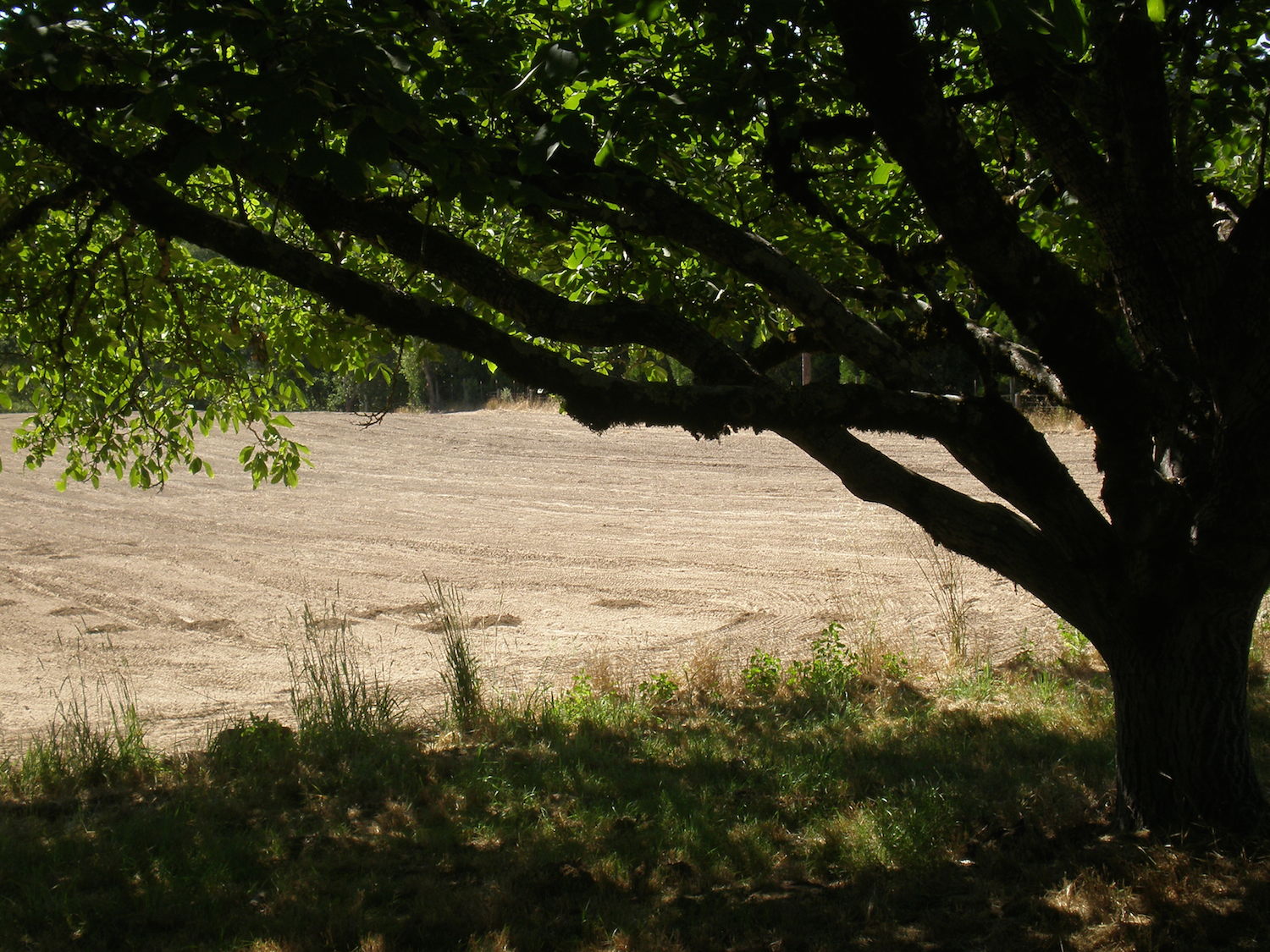“As for the soil, ‘Goldridge’ is as serious a buzzword as you’ll find in California wine country. Burgundians may boast of their vaunted Kimmeridgian limestone, Germans of their slate, the Chateauvians of their rounded stones; Sonomans slap the Goldridge trump card down and reach for the chips.”
Our vineyard is composed entirely of Goldridge sandy loam, a soil that was formed by the decomposition of an ancient sandstone seabed. While we share Steve Heimoff’s sense of pride in what nature has given us, the question is why is Goldridge soil so good for growing Pinot Noir?
We think it boils down to two characteristics: Goldridge soil is not particularly fertile and does not hold water well. These probably sound like disadvantages, but in fact they are our trump card. Both factors create an environment that forces the vines to struggle a bit, and like people, when vines are forced to struggle and aspire they often achieve greater things. From a farming perspective, we like Goldridge soil because it allows us a great degree of control over how much water and other inputs our vines get, and we believe that control allows us to assist the vines to produce the best fruit possible.
During our evaluation of our site, six soil pits were dug on the western portion of our property (both in the westernmost field and one in the old kiwi orchard) and one soil pit was dug in the eastern portion of our property to permit us to analyze the soil composition and to inform decisions such as the selection of rootstock, varietal, irrigation, etc. The westernmost pits disclosed sandy loam to a depth of at least six feet (the entire depth of the pits) while the kiwi orchard showed sandy loam to a depth of 44 inches, with some clay below that.

